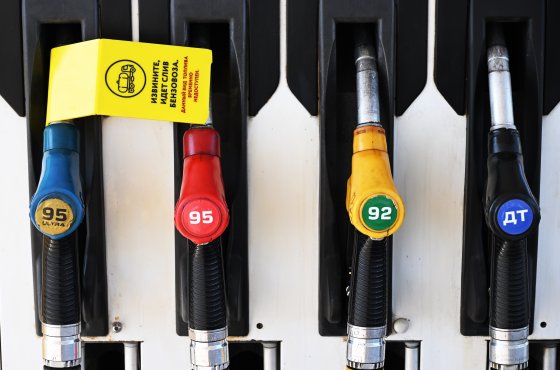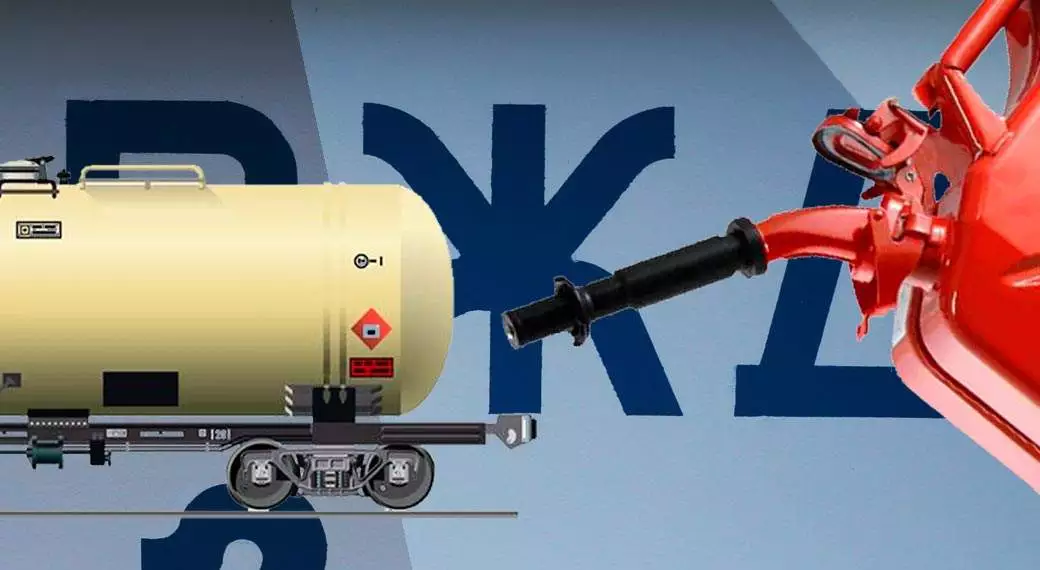For more than a year and a half, Arctic LNG-2 was unable to sell its gas due to U.S. sanctions against the project. However, a buyer has surprisingly emerged. It turns out that China is no longer hesitant to purchase any gas from Russia, even that which is under sanctions. What lies behind Beijing's newfound boldness?
The fourth gas carrier from the Russian LNG project Arctic LNG-2 has been unloaded in China. Both the gas carriers and the gas itself are subjects of sanctions. In November 2023, the U.S. imposed sanctions on a new, yet-to-be-commissioned Russian LNG plant. By December of the same year, the first phase of Arctic LNG-2 began operations, but selling gas to anyone remained elusive. Even foreign shareholders of the project, who had invested in the plant and expected to receive its products, hesitated to take on the sanctioned gas.
Novatek owns 60% of Arctic LNG-2 alongside French company TotalEnergies, Chinese companies CNPC and CNOOC, as well as Japan Arctic LNG, each holding 10% of shares. Collectively, Chinese companies own 20% of the project.
After more than a year and a half, Arctic LNG-2 has finally found its buyer in China. Moreover, in June of this year, Novatek managed to launch the second phase of the plant. Each line is capable of supplying 6.6 million tons of LNG per year, totaling 13.2 million tons combined.
According to unofficial data from S&P Global, sanctioned Russian LNG is arriving at the Tishan terminal in the Beihai port in southern China. The initial shipments were delivered by gas carriers "Voskhoh" and "Arctic Mulan," while September's deliveries came from vessels "Buran" and "Zarya," both of which are under sanctions.
Furthermore, S&P Global reports that another tanker, "La Perouse," which fell under U.K. sanctions in September 2024, entered the port of Arctic LNG-2 on August 27. This was the first of the recently-loaded vessels heading west, rather than east, via the Northern Sea Route. As of September 12, the "La Perouse" was en route to the south of the Sahar Democratic Republic.
"Last year, China hesitated to purchase this LNG, so all the gas from the plant was being redirected to two floating LNG storage units located in Murmansk and Kamchatka – the Saam UGS and the Koryak UGS.
These are, in essence, two large gas storage vessels built in South Korea. They were handed over to Novatek before the sanctions were enacted. The LNG was stored there, and gas had to be gradually released. Despite the fact that the gas carrier maintains low temperatures, gas still gradually heats, expands, and is vented into the atmosphere. Thus, some volume of LNG was permanently lost," says Igor Yushkov, an expert at the Financial University under the Government of the Russian Federation and the National Energy Security Fund (FNES).
By sending LNG to storage, Novatek was demonstrating to potential buyers that the plant was operational, that there was gas available, and inviting them to take advantage of this super favorable offer.
The unloading of four gas carriers with sanctioned LNG at a Chinese terminal indicates that a specific company in China received the signal to purchase this gas. "I believe that China has allocated the Tishan terminal, which will specialize in receiving Russian LNG. Most likely, it will soon fall under U.S. and even EU sanctions, but it will still continue to procure Russian LNG. This is reminiscent of the shadow fleet, where tanker owners understood they would be blacklisted by the U.S. but still profited from transporting Russian oil," Yushkov explains.
The only limitation is that the terminal's capacity is only 6 million tons of LNG per year, while Arctic LNG-2 has two phases, each designed for the supply of 6.6 million tons per year. Therefore, either China will need to expand the capacity of its terminal or expect to procure only that volume.
Most likely, the ability to export LNG from the Arctic LNG-2 plant is limited by ice conditions and the lack of an adequate number of high ice-class vessels. Novatek's only ice-class LNG carrier "Christophe de Margerie" belongs to the Arc7 ice class. It was built for the Yamal LNG project, but since it has appeared on the U.S. SDN list, it can now only be used by similarly "toxic" LNG plants. In winter, shipments of LNG from Arctic LNG-2 can only occur on ships of this class, but one vessel is clearly insufficient. Yushkov mentions that an alternative route for winter LNG export via the Ob Bay with lower ice-class Arc4 vessels, transferring in the Murmansk region to regular tankers, and then passing through Europe and the Suez Canal to China may be possible, but this is also only feasible under favorable ice conditions.
Under such constraints, the volume of LNG exports may align with the capacities of the Chinese terminal until the project acquires additional high ice-class vessels currently being completed at the Zvezda shipyard.
Why has China decided to greenlight the purchase of sanctioned LNG from Russia right now? Likely, it was driven by the intensifying confrontation with the United States.
"The situation has changed under the influence of trade wars. China ceased imports of LNG from the U.S. in 2025, which was the world's largest LNG producing country. The risks of gas supply disruptions have de facto pushed China to allocate the Tishan terminal in Beihai for supplies from Arctic LNG-2. The terminal is unlikely to be used for other supplies – this will help China minimize sanction risks," says Sergey Tereshkin, General Director of Open Oil Market.
"China has realized that it is pointless to refuse a favorable LNG offer at a discount, especially since the U.S. will continue to exert pressure. Managing this confrontation will be easier with Russian LNG at a low price.
Furthermore, Beijing itself refused to procure American LNG this year. This was not the case last year," says the FNES expert.
The Russian side has most likely agreed to a substantial discount on this LNG. Perhaps China negotiated long-term supplies of sanctioned LNG from Russia at a low price amid Russian-American negotiations and the risks of lifting some constraints against Russia, Yushkov adds.
Ultimately, Russian LNG aids China in ensuring energy security, the expert asserts. This is precisely why China signed a memorandum on "Power of Siberia – 2," increased supply volumes via "Power of Siberia – 1" and the Far Eastern route. "For China, anything coming from the North is considerably safer than that coming from the South. The Americans can refuse to supply their LNG to China. Two other major LNG suppliers to China are Qatar and Australia. The latter the U.S. may easily order not to supply LNG to China, while there are American investors in Qatari projects who will comply with sanctions. Additionally, all shipments from the Middle East pass through the Malacca Strait, which the U.S. can block," concludes Yushkov.
Source: VZGLYAD




